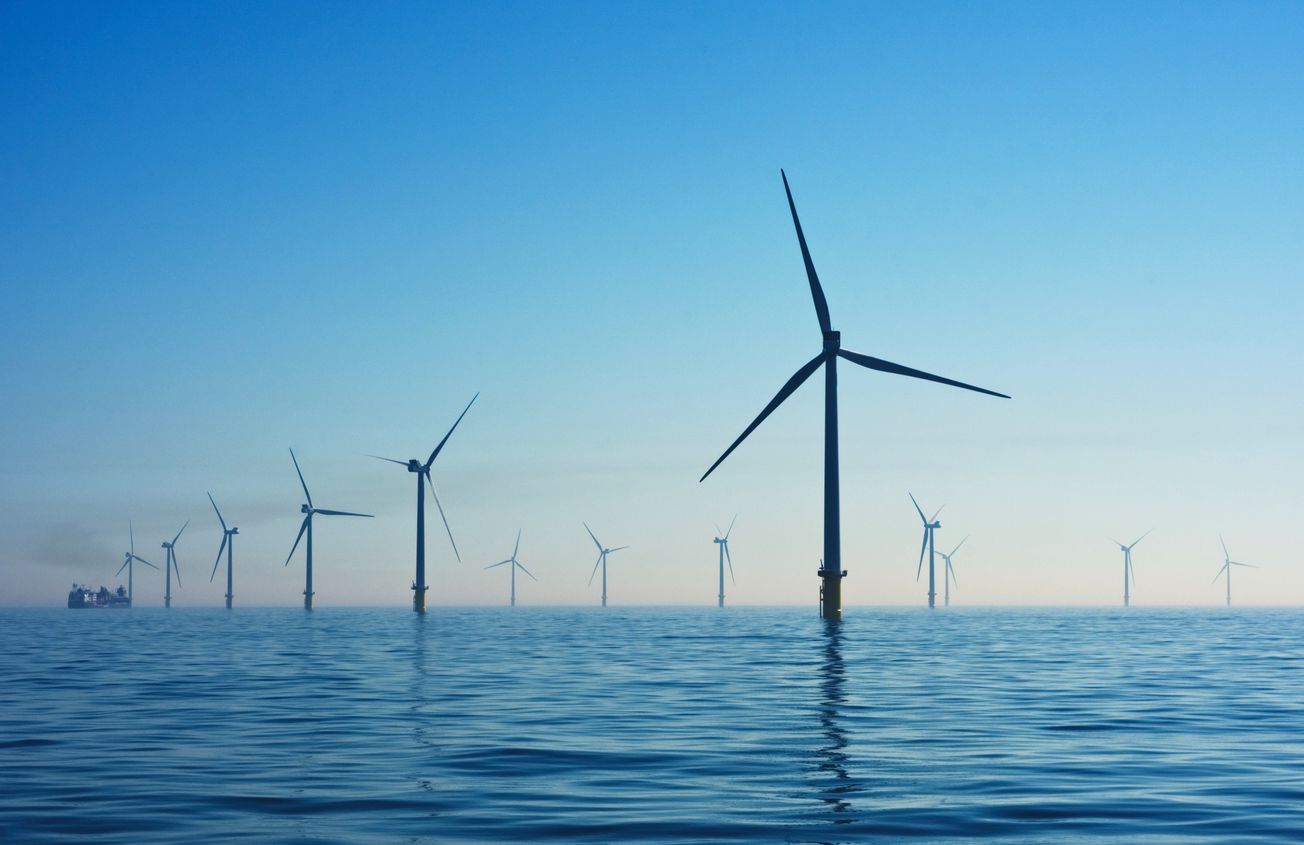By Jasmine Brook-Tanker, Masters, International Development
Project MIMRee (Multi-Platform Inspection, Maintenance and Repair in Extreme Environments) was created in 2018 as part of an Innovate UK initiative, bridging together leading academics and industry experts, including University of Bristol researchers.
The project aim to create an autonomous robot and drone system that can carry out the inspections and repairs necessary for offshore wind farms. This is to replace the current process, which is considered costly as well as dangerous.
Innovate UK is part of the UK Research and Innovation department which is funded by UK government. They provided £4.2 million to the flagship project MIMREE for two years of collaborative research, planning and communication. Within this team are eight industry and academic partners, namely: Plant Integrity, Offshore Renewable Energy Catapult, Wootzano Ltd, Thales, University of Manchester, Royal Holloway The University of London, The Royal College of Art and The University of Bristol.
Such research motivations have developed from recent attention in the Offshore Wind Sector from the UK Government, with the desire to position the UK as the world leader in green energy. The recent Electricity Generation Costs 2020 Report, from Department from Business, Energy & Industrial Strategy predicts the total cost of wind and solar electricity by 2025 as lower than conventional gas generation and as currently lower than nuclear electricity generation.
At present, the inspections of the wind turbines are conducted with pictures taken from a distance on the ground, meaning they can lack detail and accuracy. Additionally, the maintenance and repair missions are highly dangerous for the in-field engineers- due to the extreme conditions at seas. With this new system of the drones and the ‘Blade Bug’ robots, not only are these dangerous practices replaced, but it is economically efficient, as it can extend the life span of the wind turbines due to more frequent and effective maintenance checks.
The project is currently a year and a half into its two-year deadline. By Summer 2020, all partners hope to present their proof of concept for the new system; this aims to demonstrate that offshore wind operations and maintenance systems can be conducted by autonomous vessels, drones and high-tech robots. Following this, they hope for industry partners to commercialise the findings and have them in operation within 5-10 years.

Britain is undergoing a revolution in energy production, according to Dr Tom Richardson from the University of Bristol, especially as wind turbines ‘are increasing in numbers almost exponentially.’ Project MIMRee hopes to facilitate this transformation.
The University of Bristol’s research contribution is the creation of the drone which takes off from a vessel on the mainland with the ‘Blade Bug’. The drone flies and is deposited on the wind turbine, then carried back to the vessel. Dr Tom Richardson, along with research associate Peiman Moradi and drone technical specialist Duncan Hine, has been working on developing these drones and tested prototypes this past month. Working alongside Perceptual Robotics, a company set up by three alumni of the University of Bristol, the University’s research focus is on the precision and control of the drones in the take-off, and landing on a moving vessel of up to 20 knots.
Dr Richardson describes the projects as ‘different to the traditional research environment’ as they have a definitive timeline and goal. The project has also enabled them to work with industry partners such as Thales, gaining access to resources and facilities that they couldn’t provide themselves. This past month, the University of Bristol team visited Thales’ facilities and operated their autonomous boat ‘Halcyon’ (pictured) which drives along a predetermined path. Here, the team experimented with their drones, monitoring their ability to chase the vessel.

Some concerns have been raised by members of the public and those who presently work on repairs at offshore wind farms, about the prospect of job losses due to this technology, replacing the need for humans. However, Dr Richardson assured Epigram that in his eyes, the aim of project MIMRee is not to remove the current jobs in the field. Instead, it aims to remove the substantial risk currently in place and to provide the engineers with the tools to become more efficient in these roles.
Can we trust a future in a future where robots think and act for themselves?
emPOWER – The fusion of mankind and technology
Currently, the technology is being applied for inspecting wind turbines, and repair operations are expected to be available within 5-10 years. But Dr Richardson believes the technology involved in project MIMRee could have various other applications in future, particularly in construction and the monitoring of the progress of large construction sites.
Click here to find out more about the Bristol Flight Lab's work and experiments.
Featured image: Unsplash/ Nicholas Doherty
How do you feel about the possibility that drones could replace people?







